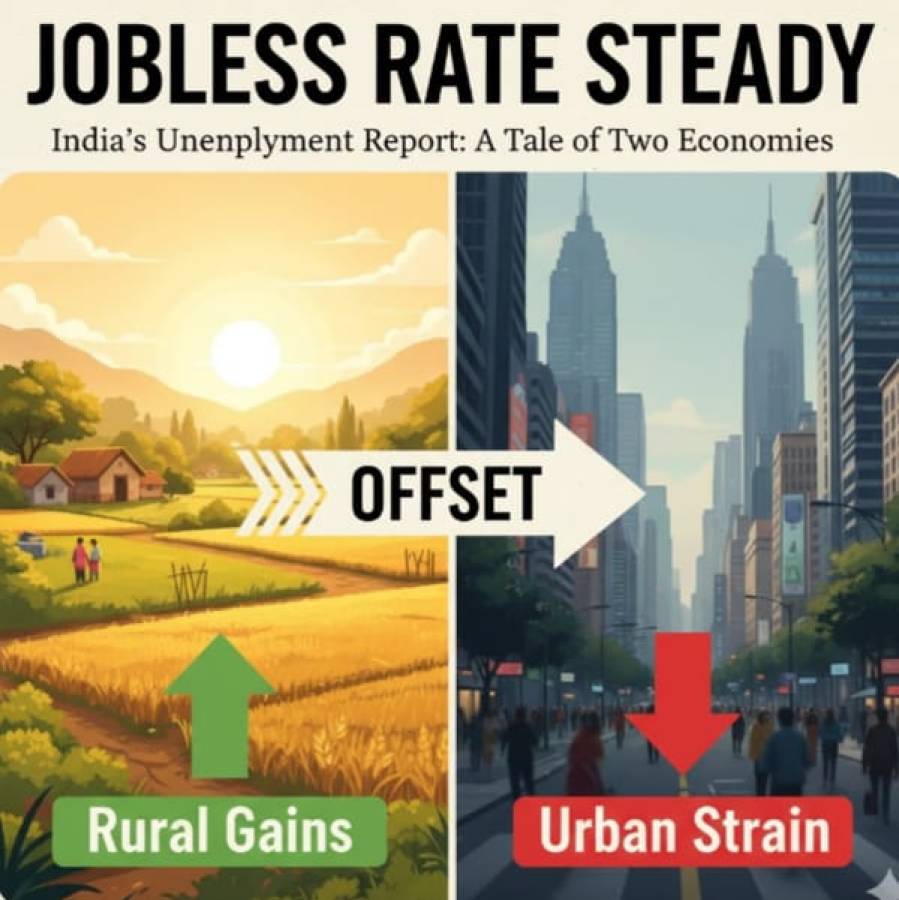
If you’re a student wondering why the Common University Entrance Test (CUET) is such a big deal, you’re not alone. With over 13 lakh students taking CUET 2025, it has become the second-largest entrance exam in India after NEET. But CUET is not just another test. It represents a shift in how India views education, and more importantly, how your school experience now connects directly to your college future.
CUET: More Than Just Another Entrance Exam
For years, Indian college admissions were either based on board exam scores or intense coaching for entrance tests like JEE or NEET. CUET is changing that. It’s a unified entrance exam accepted by over 200 universities, designed to test what you already learn in school, especially if you follow the NCERT curriculum.
This means your performance in school now directly affects your ability to get into a good college. You don’t need to join an expensive coaching center to crack it. The focus is shifting from rote memorization and external coaching to understanding concepts in school classrooms.
India’s Larger Goal: Vikshit Bharat by 2047
The government’s long-term plan, called "Vikshit Bharat 2047," imagines a developed India powered by an educated, skilled youth. That vision needs more students in higher education. Right now, only about 28.4 percent of young Indians go to college. The goal is to raise this Gross Enrolment Ratio (GER) to 50 percent by 2035.
CUET plays a key role in achieving that. By standardizing the admissions process and reducing dependency on board percentages or coaching classes, it aims to make higher education more accessible and fairer.
What Schools Need to Do Differently
To make CUET work, schools need to evolve. Traditionally, schools have focused almost entirely on helping students score well in board exams. But preparing students only for those tests leaves them unprepared for college-level expectations and entrance exams.
Now, schools must integrate CUET preparation with their existing curriculum. The good news is that CUET 2025 will align with the NCERT Class 12 syllabus. So schools don’t need to add a whole new system. They just need to teach smarter, not harder.
Teachers can become mentors, not just examiners. They can help students connect what they’re learning to their future college courses and careers. Imagine a classroom where you’re not just memorizing for a board exam but understanding how it all fits into your dream of becoming a designer, economist, or engineer.
Why CUET Matters to You Personally
Let’s say you’re from a small town, studying in a regular government school. CUET, available in 13 languages, gives you the same chance as someone studying in a top school in Delhi or Mumbai. That’s a game-changer. It levels the playing field and opens doors that were previously shut for students from less privileged backgrounds.
Instead of relying on expensive coaching or relocation to big cities, you can now prepare from your hometown using school lessons, online resources, and past CUET papers. The accessibility and fairness CUET brings could shape your career more than any board mark ever could.
Avoiding the Coaching Trap
One big warning, though. CUET should not become another rat race like JEE or NEET. The beauty of CUET lies in its inclusivity and alignment with school education. If schools start outsourcing CUET prep to coaching centers, the whole purpose is defeated.
Instead, schools should create an environment where CUET preparation is part of regular learning. It should involve guiding students toward university options, understanding their interests, and preparing them for not just exams but also life beyond school.
What Can Students Do Now?
- Focus on NCERT: Since CUET is based on the NCERT syllabus, give full attention to your textbooks. Understand the concepts instead of mugging up answers.
- Work on Application-Based Learning: CUET includes reasoning, language skills, and subject knowledge. Practice applying what you learn to real-life scenarios.
- Use Mock Tests: Start taking CUET-style mock tests early. This will build your confidence and help you spot weak areas.
- Talk to Your Teachers: Ask them how CUET topics fit into what you're learning. They might start tailoring lessons to help you prepare better.
- Explore Career Options: Don’t just think about the course you want, think about the career it leads to. CUET is your bridge, not the final destination.
The Bigger Picture
The National Education Policy (NEP) 2020 wants schools to evolve into places of exploration, not pressure. That means your school could soon become a one-stop shop for career guidance, college prep, and skills training, if implemented correctly.
CUET is not about reducing education to one more competitive exam. It’s about aligning everything — your school lessons, your ambitions, your college admissions — into one smooth journey.
If schools embrace this, students like you won’t just crack CUET. You’ll be better prepared for college, work, and life.
And that’s the real revolution.





















